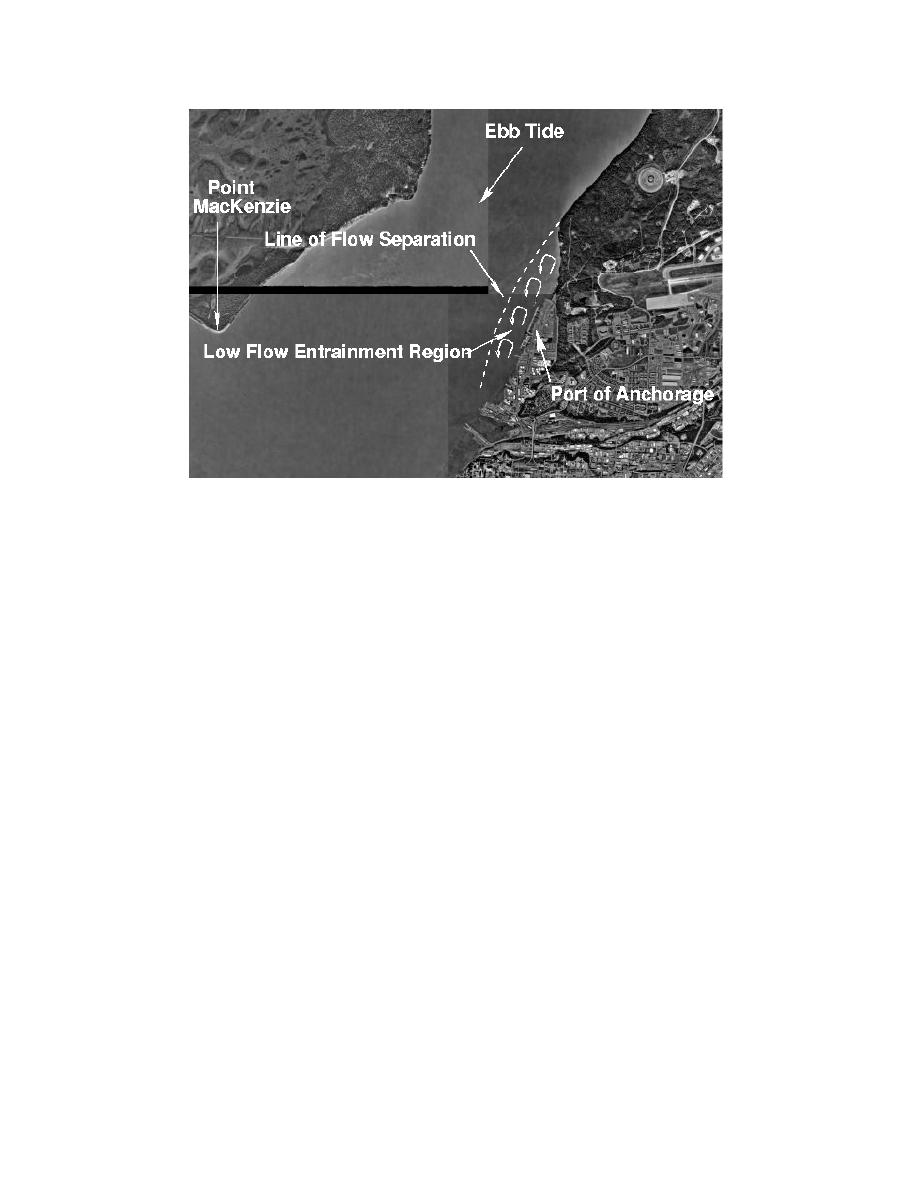
Figure 69. Aerial showing approximate flow separation and entrainment region in
lee of Cairn Point during ebb tide
The Alaska District engineers used dye injection to investigate how dredged
sediment might move when deposited from barges at different locations during
both ebb and flood flows. Approximate location of established dump sites were
scaled on the model, and dye was slowly injected at various depths in the water
column. Depending on the flow direction and the injection point, it was not
unusual to observe dye migrating back into the vicinity of the port. Movement of
the dye injection location, or depositing during the opposite tide flow often
alleviated this problem. Floral clay was used to simulate dredged areas within
the Port of Anchorage. Dye injections indicated that dredging near the dock face
without providing a dredged pathway out to the main channel tended to trap dye
within the harbor area. The amount of trapped dye was lessened by opening of a
dredged channel. Through these simple experiments the Alaska District will be
able to recommend dredging and disposal practices that should substantially
reduce the amount of deposited material re-entering the port area. Cost savings
associated with more efficient dredging practices could be significant.
Floral clay was also used to approximate a proposed 12.2-m (40-ft)
expansion of the dock into the channel. This small protrusion had minimal
detectable effect on the predominant flow patterns in the vicinity of the Port of
Anchorage.
Finally, a simple, qualitative test was performed to examine impacts of
boundary friction in the physical model. The Plexiglas model had a smooth
surface, and there was a potential scale effect arising from insufficient roughness
on the model boundaries. The boundary must be rough enough to initiate a fully
turbulent boundary layer extending from just above the bottom all the way to the
flow free surface. Ink injected directly onto the Plexiglas exhibited laminar
boundary layer characteristics, but higher up in the water column the flow was
obviously very turbulent.
85
Chapter 7 Three-Dimensional Cook Inlet Model



 Previous Page
Previous Page
